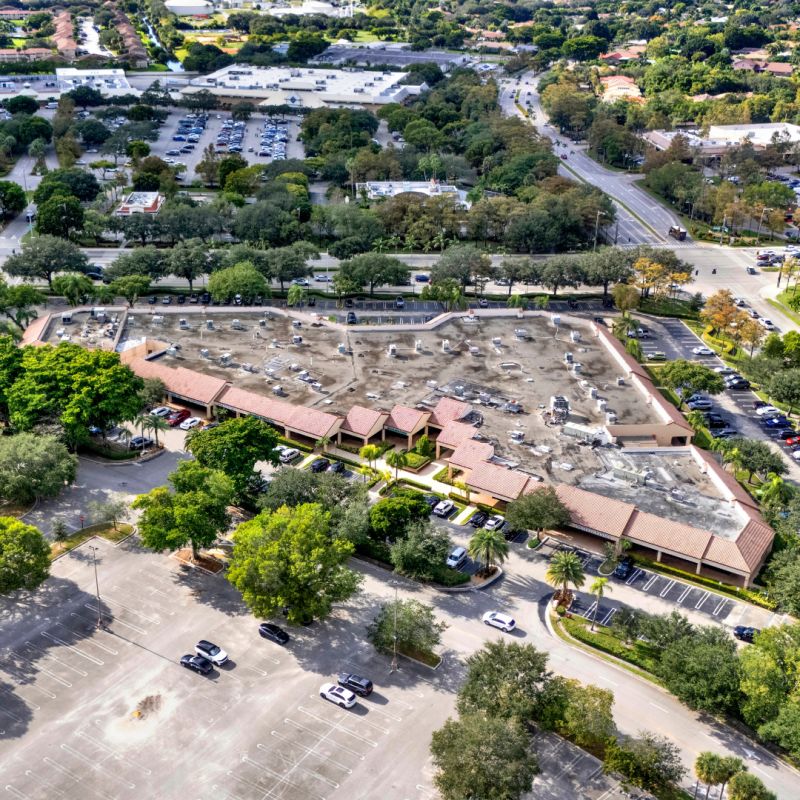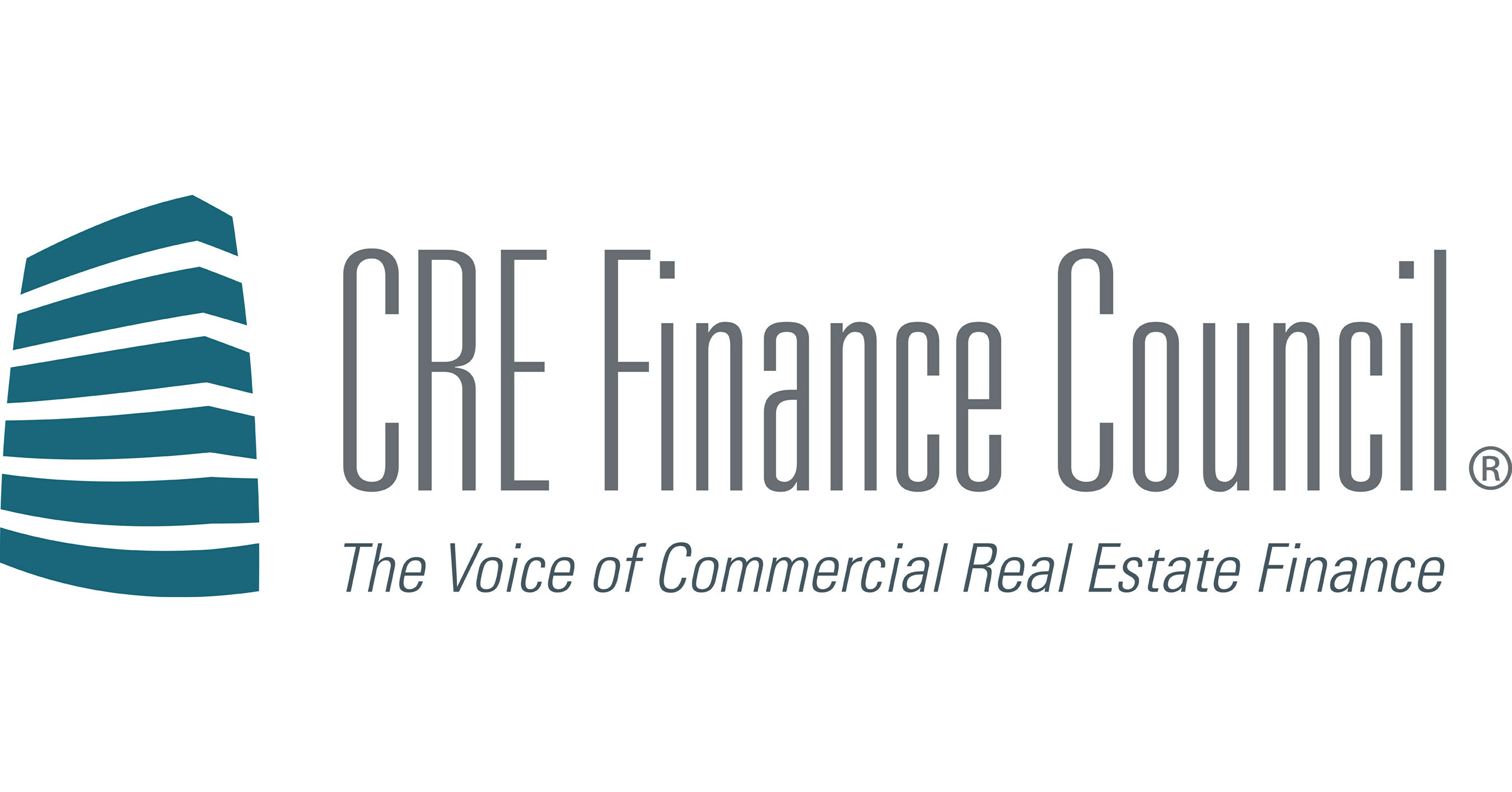L
ogistics real estate has hit a turning point, with Prologis reporting stronger net absorption and new lease signings in Q3. The Industrial Business Indicator Activity Index eased slightly to an average of 53, down from 53.5 in Q2, yet customer demand is rising as firms move past the inventory pull‑forward that had been driven by tariff concerns. “Demand is now more constructive, with customers accelerating strategic leases,” the report noted, citing growing confidence among the most resilient tenants.
Warehouse utilization climbed to 84.7% in October, though the quarterly average of 84% is 100 basis points lower than Q2. Upstream players—manufacturers and wholesalers—front‑loaded inventory earlier in the year, boosting utilization relative to retailers. The trend is expected to reverse as goods flow downstream ahead of the holiday season.
Net absorption reached 47 million sq ft, a 64% jump from Q2 but still below the 59 million‑sq‑ft historical pace. New lease signings rose 10% in both Q2 and Q3 versus Q1, and high proposal volumes suggest continued healthy absorption through 2026. Tenant sentiment is shifting toward “looking through the noise,” focusing on growth and supply‑chain reconfiguration.
Leasing activity is dominated by large, non‑discretionary tenants in food & beverage, e‑commerce, and healthcare. Vacancy rates are expected to hover around mid‑7% and not deteriorate further as demand improves and new supply contracts. The spread between replacement‑cost and market rents widened to roughly 20% in the U.S., discouraging speculative development, especially in high‑cost markets, and tempering near‑term speculative deliveries. Market rents fell just 1% in the quarter.















